If you’ve ever cooked with a toddler clinging to your leg, begging to “see,” then you already understand why toddler towers are game-changers!
These sturdy platforms are designed to raise kids to counter height—safely—so they can help, learn, and explore the world around them.
Whether you’re whipping up pancakes or brushing teeth, a toddler tower fosters independence and connection in one brilliant little invention.
In this post, I’ll break down what toddler towers are, how they support early development, and why they’re so closely aligned with Montessori principles.
Plus, I’ll share all my favorite towers (along with tips about what to avoid!).
Quick Reference:
- Compact footprint
- Enclosed sides
- Three height settings
- High-quality construction
In this post:
- What Is a Toddler Tower?
- How Toddler Towers Support Independence
- Toddler Towers and Montessori Principles
- Best Toddler Towers
- How Toddlers Use Towers in Daily Life
- Things to Look For in a Toddler Tower
We get commissions for purchases made through links in this post. As an Amazon Associate, we earn from qualifying purchases.
What Is a Toddler Tower?
A toddler tower, sometimes called a learning tower or kitchen helper, is a child-sized platform with safety rails that allows toddlers to safely reach adult-height surfaces like kitchen counters or bathroom sinks.
Like a car seat, a toddler tower takes a space made for adult-sized bodies and makes it accessible to kids.
Unlike a step stool, a toddler tower is designed with extra stability and enclosure to prevent falls, making it a safer choice for little climbers.
Key Features:
- Raised platform with guardrails
- Anti-tip, wide base design
- Adjustable height in some models
- Often foldable or compact for small spaces
How Toddler Towers Support Independence
From a developmental standpoint, toddler towers are more than a piece of furniture—they’re a tool for self-reliance.
During the toddler years (typically ages 1–3), children are wired to do things themselves. You’ll hear phrases like “I do it!” and “Me help!” on repeat.
A toddler tower allows them to take real ownership over everyday tasks, without the risk.
Here’s how toddler towers support independence:
- Encourage participation in everyday tasks (cooking, handwashing, brushing teeth)
- Promote gross motor development through safe climbing and standing
- Build confidence as toddlers learn to do things “by myself!” How cool for kids to grow up knowing how capable they are, not because we tell them, but because they are allowed to participate meaningfully!
- Support practical life skills, a cornerstone of early childhood development
Instead of being told “you’re too small,” your child gets the message: “You’re part of this.” This shows a deep respect for the child and a belief that they are capable.
- Looking for additional ways to foster independence? Check out my favorite Montessori weaning tables!
Toddler Towers and Montessori Principles
Toddler towers align beautifully with the Montessori method, which emphasizes independence, hands-on learning, and preparing the environment for success.
Maria Montessori believed children thrive when given the tools and freedom to do real work. A toddler tower is a literal step up to this kind of engagement.
It allows toddlers to:
- Access real-life tools (mixing bowls, running water, cleaning supplies)
- Take initiative in self-care tasks like washing hands or helping prepare food
- Feel valued as contributing members of the family environment
In Montessori homes and classrooms, the environment is carefully prepared to be child-accessible, and toddler towers are a perfect extension of that philosophy.
Best Toddler Towers
Here are 3 of my favorite toddler towers! (Psst, I have experience with all 3!)
- Compact footprint
- Enclosed sides
- Three height settings
- High-quality construction
The Sous Chef Toddler Tower from Sprout Kids is my absolute FAVORITE tower! It has been my go-to tower for years. I first discovered the tower while working as a nanny and now have one of my own.
This is one of those “you get what you pay for” kind of items—in the best way. It’s solid, thoughtfully designed, and built to last through years of messy baking sessions, bathroom routines, and toddler curiosity. The quality is top-notch, from the smooth, easy-to-clean finish to the way it stays rock steady even when your little one is climbing in and out a dozen times a day.
One of my favorite features? No side cutouts. That might seem like a small thing, but trust me—it makes a huge difference. Many towers have little windows or shapes on the side, and while they look cute, they’re basically an invitation for toddlers to climb higher, lean out, or turn the tower into a jungle gym. The fully enclosed sides on this one keep them focused inside the tower where they belong—way safer, way less stressful.
It also has a small footprint, an adjustable platform, and a quick, tool-free assembly (hallelujah). If you’re looking for a toddler tower that’s safe, smart, and built with real
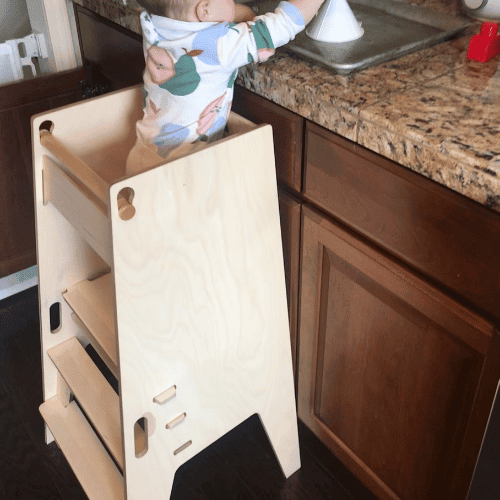
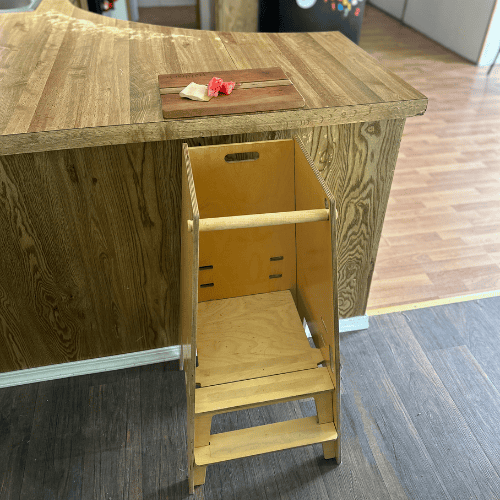
Protip: check Facebook Marketplace for used Sprout Kids Toddler Towers. I found my last tower on there for over 50% off the regular retail price, and it still has tons of life left in it!
The Lalo Tower is one of those toddler essentials that just gets it right. I’ve used this tower while working as a nanny and was very impressed.
I love how simple and clean the design is—no extra frills, just a beautiful, sturdy piece of furniture that fits seamlessly into our home. It’s made from sustainably sourced birch wood with a non-toxic finish, so I don’t have to worry about weird smells or harsh chemicals.
And bonus: it actually looks nice in the kitchen, which isn’t always the case with toddler gear.
One of the things I appreciate most is how stable it feels. It doesn’t wobble or rock, even when my toddler climbs in and out by themselves (which they do constantly).
The open sides still feel secure, thanks to the low horizontal bars that keep little ones from climbing higher than they should or leaning out dangerously. That’s a huge deal for me—I’ve seen towers with big cutouts where kids can easily start scaling the sides, which always makes me nervous. This design avoids that without making the tower feel closed-in or bulky.
I also love that it has two adjustable height settings, so you’ll get a few solid years of use out of it.
Overall, the Lalo Tower is well-made, thoughtfully designed, and just makes daily life a little smoother for kids and adults.
The Heypappy Toddler Tower is such a great option if you’re looking for something safe, simple, and affordable.
One of my favorite things about it is the solid sides—no big cutouts like you see on some towers. I’ve found that when there are open shapes or windows, toddlers inevitably try to climb higher or lean out (cue the heart attacks). This one keeps things simple and enclosed, which makes a big difference for safety.
It has three adjustable height settings, so it grows with your child, and it’s just the right size to slide up to the kitchen counter or bathroom sink without taking over the whole space.
It’s definitely a budget-friendly option, which I appreciate when so much toddler gear can get pricey fast.
I will say—while it offers a stable platform for most activities, it’s worth noting that, like many lightweight towers in its price range, it may exhibit slight movement if a child rocks it intentionally. That said, supervision is always important with any tower, and I still feel comfortable using this daily with toddlers.
If you’re after a tower that’s practical, safe, and easy on the wallet, this one checks all the boxes for me.
How Toddlers Use Towers in Daily Life
Here are just a few ways a toddler tower opens the door to learning and connection throughout the day:
In the Kitchen
- Pour ingredients into a bowl
- Stir batter or dough
- Wash fruits and vegetables
- Use cookie cutters or roll dough
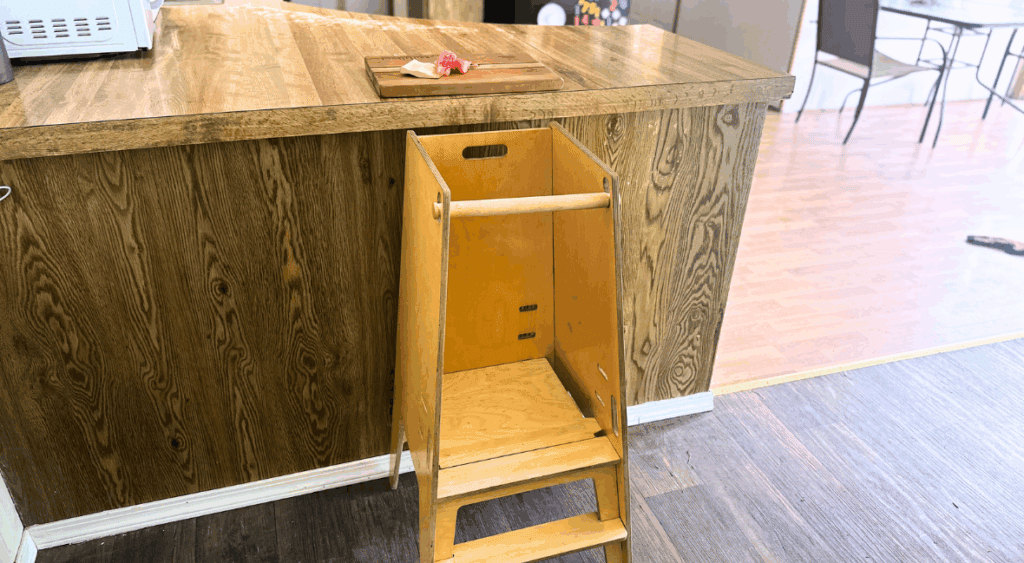
In the Bathroom
- Wash hands independently
- Brush teeth (add a Montessori mirror to further aid independence!)
- Watch you do your own grooming routines
At a Counter
- Do art projects like painting or coloring
- Practice pouring, scooping, or sensory play
- Explore fine motor activities like play-dough or stickers
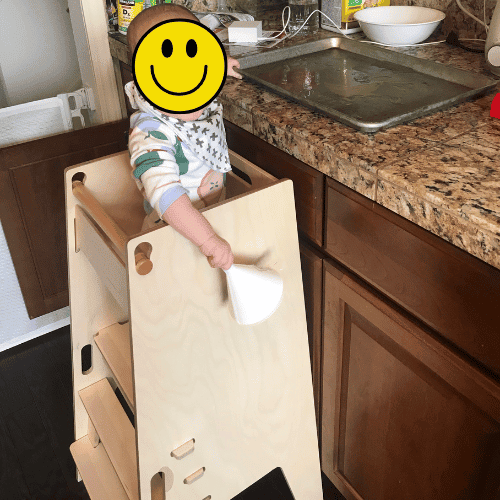
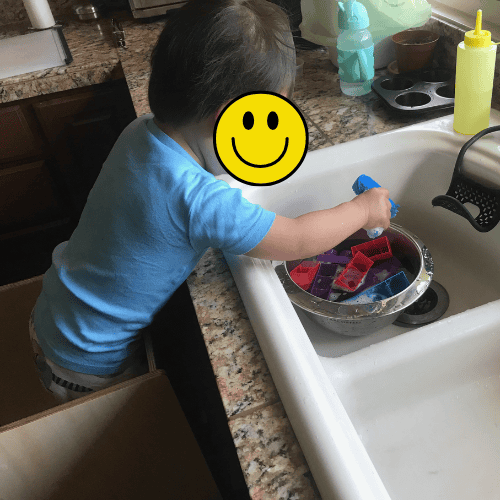
Helping with Chores
- Help dry dishes or put away utensils
- Wipe down surfaces with a spray bottle and cloth
- Sort groceries or wash produce
Things to Look for in a Toddler Tower
Choosing a toddler tower might initially seem simple—until you realize how many options are out there, each with different features, sizes, and price points.
Since this is a piece of furniture your child will be climbing in and using daily, it’s worth taking the time to find one that checks all the right boxes.
Here’s what I always recommend looking for:
• Safety First, Always
Safety should be the number one priority with any toddler tower. Toddlers are still mastering balance, coordination, and self-awareness, so the tower’s design needs to support and protect them.
- Enclosed sides or safety rails: These keep toddlers from stepping backward off the platform or slipping out the sides. Some towers have full panels, while others use horizontal bars—either can work, as long as they minimize risk.
- No large cutouts or “windows” in the sides: These might look cute, but they can encourage kids to climb higher or lean out in unsafe ways. Towers with solid or low-sided designs tend to discourage that kind of risky behavior.
- Anti-tip design: Look for a wide, stable base. A tower that’s too narrow or top-heavy can wobble, especially when toddlers move around or push off the sides.
- Non-slip materials: Rubber feet or grippy pads help prevent sliding on tile or hardwood floors. Some towers also feature textured steps or platforms to reduce slipping.
• Adjustable Platform Height
Toddlers grow fast, and you want a tower that grows with them.
- Multiple platform levels mean you can lower or raise the standing surface based on your child’s height and the activity. Adjustability also adds years of usability and makes the tower a better long-term investment.
• Ease of Cleaning
If your toddler is going to be helping in the kitchen, brushing their teeth, or playing with sensory bins in the tower, you can count on spills and splatters.
- Smooth, sealed surfaces are easier to wipe clean than raw or rough wood.
- Fewer crevices and corners mean fewer places for gunk to hide.
- Look for a non-toxic, water-based finish that can handle soap, flour, and finger paint.
• Size & Fit for Your Space
Even the best tower won’t get much use if it’s constantly in the way.
- Check the footprint—ensure the base will fit in your kitchen or bathroom without blocking drawers or making it hard to move around.
- Foldable towers are ideal for smaller homes or shared spaces where you want the option to tuck it away.
- If you’re tight on space, choose a tower with a slim profile or dual-purpose features.
• Material & Build Quality
This is one area where you often get what you pay for.
- Solid wood tends to be sturdier and longer-lasting than plastic or particleboard.
- Non-toxic finishes are a must for anything your child will be climbing and touching constantly.
- Smooth, sanded edges prevent splinters and give the tower a high-quality feel.
- If you’re eco-conscious, look for sustainably sourced wood and low-VOC finishes.
• Kid-Friendly Design
The whole point of a toddler tower is to help your child be more independent, so make sure the tower is easy for them to use.
- Low step-up height makes it easier (and safer) for toddlers to climb in and out independently.
- Wide platform space allows them to turn around or shift without feeling cramped.
- Comfortable grip rails or handles help toddlers steady themselves when getting in and out.
• Optional Features
While not essential, some bonus features can make a tower even more functional or fun:
- Convertible towers that turn into tables, easels, or play spaces offer extra value.
- Chalkboard panels or whiteboards add a play element that toddlers love.
- Foldability or portability is excellent for families who want flexibility.
- Extra support for younger toddlers: Some towers offer removable bars or “gates” to keep early walkers extra secure.
Even with the best design, toddler towers still require supervision. No matter how stable or enclosed the tower is, toddlers are naturally curious—and sometimes unpredictable. Treat the tower as a support tool, not a substitute for keeping an eye on your child during elevated activities.
If you’re unsure which tower is right for you, think about where you’ll use it most often, how much space you have, and your child’s current climbing abilities.
A simpler, safer tower that suits your space is always better than an overly fancy one that doesn’t quite work for your family’s day-to-day.
Final Thoughts: Why Every Family Needs a Toddler Tower
A toddler tower isn’t just a piece of furniture—it’s a tool that invites your child into real life. It helps them feel capable, included, and eager to learn.
Whether you follow Montessori strictly or just want fewer meltdowns and more connection, this simple platform can make your daily life more joyful.
It’s one of the best investments you can make in your toddler’s independence—and your own sanity.
- Check out all my favorite Montessori floor beds!

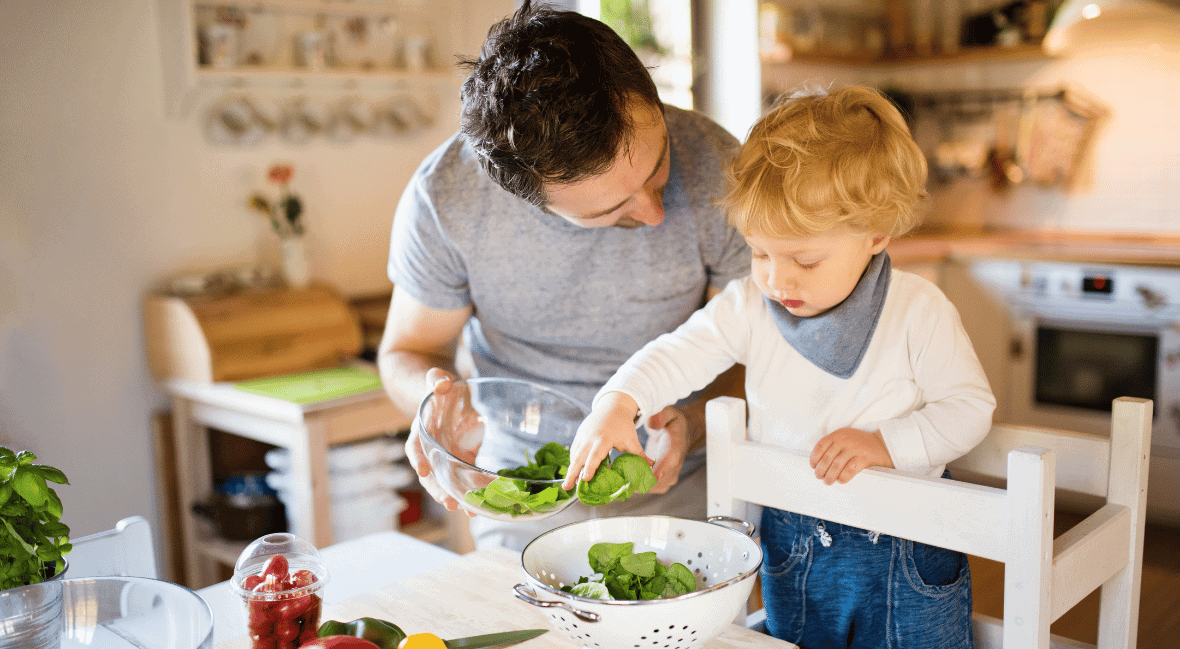





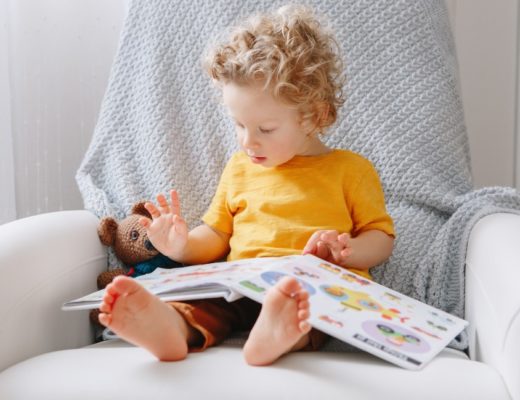
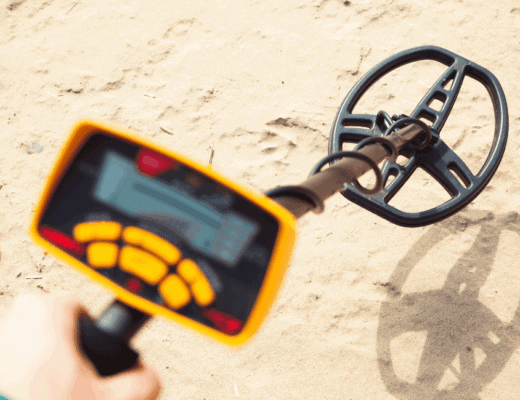
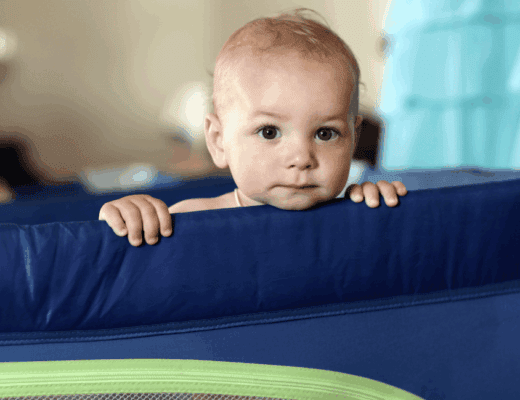
No Comments